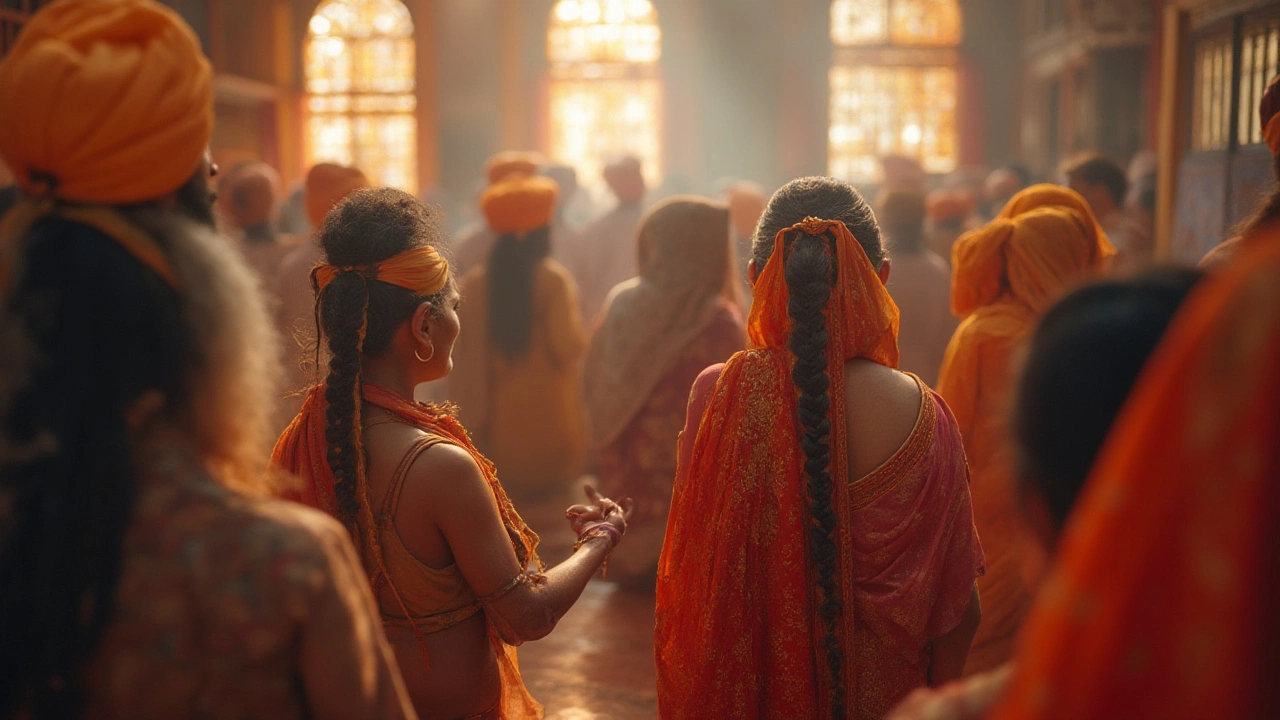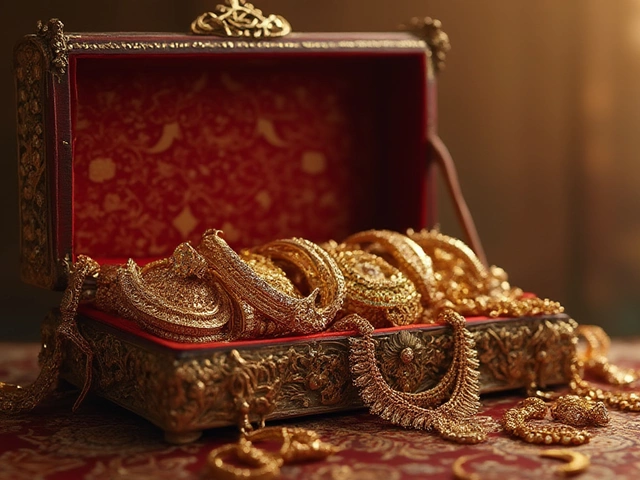Why Sikhs Don't Cut Their Hair: Understanding Kesh
Ever wondered why you see many Sikhs with long, flowing hair and a turban on top? It's not a fashion statement; it's a deep‑rooted religious duty called Kesh. Cutting the hair would break that promise, so Sikhs keep it natural and let it grow for life.
What Kesh Means in Sikhism
Kesh is one of the five articles of faith (the Five Ks) that Guru Gobind Singh gave to his followers in 1699. The idea is simple: let the hair grow as God created it. By doing that, Sikhs show respect for the body, which is considered a gift from the divine. It’s also a reminder to live honestly and stay humble.
Beyond respect, Kesh builds identity. When you see someone with a turban, you instantly know they belong to the Sikh community. That visual cue unites people, especially when they travel far from home. It’s a way to say, “I’m proud of my faith, and I won’t hide it.”
Another angle people often miss is discipline. Keeping hair long takes effort—regular washing, conditioning, and tying it into a bun before covering it. That routine forces Sikhs to stay organized and mindful every day.
How Keeping Hair Affects Daily Life
Long hair means a turban, and a turban is more than a headwrap. It protects the hair from dust, sun, and rain, making it easier to keep clean. It also serves practical purposes: a sturdy knot can help lift heavy objects or keep the head warm in winter.
Socially, the turban often sparks conversations. Non‑Sikhs ask questions, and Sikhs get a chance to explain their faith. That dialogue spreads awareness and breaks stereotypes.
There are challenges, too. Some workplaces have strict dress codes, or school uniforms may not allow turbans. In those cases, Sikhs may need to negotiate accommodations, reminding others that religious freedom is protected by law in many countries.
For those who aren’t Sikh but want to show respect, the easy rule is: don’t touch a Sikh’s hair or turban without permission. It’s a personal space, just like anyone’s sacral belongings.
In short, the decision to keep hair uncut isn’t about stubbornness—it’s a living symbol of faith, community, and self‑discipline. Understanding Kesh helps anyone appreciate why the turban looks the way it does and why it matters so much to those who wear it.
Why Sikhs Keep Their Hair Uncut: Culture, Religion, and Identity Explained
Discover why uncut hair matters in Sikhism. Explore the deep traditions, beliefs, and real-life practices behind this powerful symbol of Sikh identity.





